As blue light whitening devices become mainstream in both professional and at-home use, attention is shifting toward light wavelength accuracy and its impact on both whitening efficacy and oral safety. For OEM/ODM manufacturers, selecting the right wavelength of whitening teeth devices is a key differentiator in product performance, especially when dual light wave mode switching (blue + red) is involved. This guide will explain the function of each wavelength range, explore red light assisted treatment, and provide recommendations for wavelength configuration within a scientifically backed spectral safety range.
The blue light wavelength range of 460–490nm is widely used to accelerate the chemical reaction between hydrogen peroxide and tooth stains. Its benefits include:
Efficient stain breakdown by energizing the peroxide molecules
Reduced treatment time for both professional and home users
Minimal heat emission, reducing discomfort during use
Choosing a wavelength in this band ensures a balance between whitening effectiveness and user comfort. Devices configured within this range have proven compatibility with most whitening gels.
Incorporating red light assisted treatment (620–660nm) into whitening devices is an advanced feature aimed at post-whitening care. Red light offers:
Improved blood circulation in gum tissues
Cell regeneration support, helping with micro-inflammation
Enamel protection, particularly useful for sensitive teeth or post-treatment healing
By configuring red light at this therapeutic wavelength, manufacturers add a valuable differentiator—enhancing both functionality and user experience.
Modern whitening devices are increasingly being designed with dual light wave mode switching, allowing users to toggle between blue and red light depending on the treatment phase. Benefits include:
Multi-functional treatment options in a single device
Flexible usage scenarios (e.g., pre-whitening and post-care modes)
Brand differentiation through smart design and UI integration
OEM/ODM manufacturers can implement this feature through circuit board control systems and LED module customization, enhancing product versatility.
When selecting LED light wavelengths, staying within the scientifically recommended spectral safety range is essential to avoid risks such as:
Overheating of soft tissues
Phototoxicity from UV or extreme blue light (<450nm)
Irritation to enamel or gums
Both 460–490nm (blue) and 620–660nm (red) fall safely within optimal therapeutic and cosmetic light ranges, offering maximum efficacy with minimum risk when properly applied.
Manufacturers must also ensure compliance with FDA, CE, or local light-emission safety regulations when designing wavelength configurations.
A carefully configured wavelength of whitening teeth device is not just a technical detail—it’s a key element of product safety, performance, and market competitiveness. By integrating:
460–490nm blue light for fast whitening
620–660nm red light for enamel protection and recovery
Dual light wave mode switching for multi-purpose treatments
Strict adherence to spectral safety range
…manufacturers can deliver a premium whitening solution that meets professional standards and consumer expectations alike.
If you’re an OEM/ODM brand looking to configure your next-generation whitening device with scientifically tuned light wavelengths, contact us for expert customization and compliance-ready solutions. https://www.powsmart.com/contact-us/

Market Feedback of Electric Toothbrush + Water Flosser Two-in-One Device
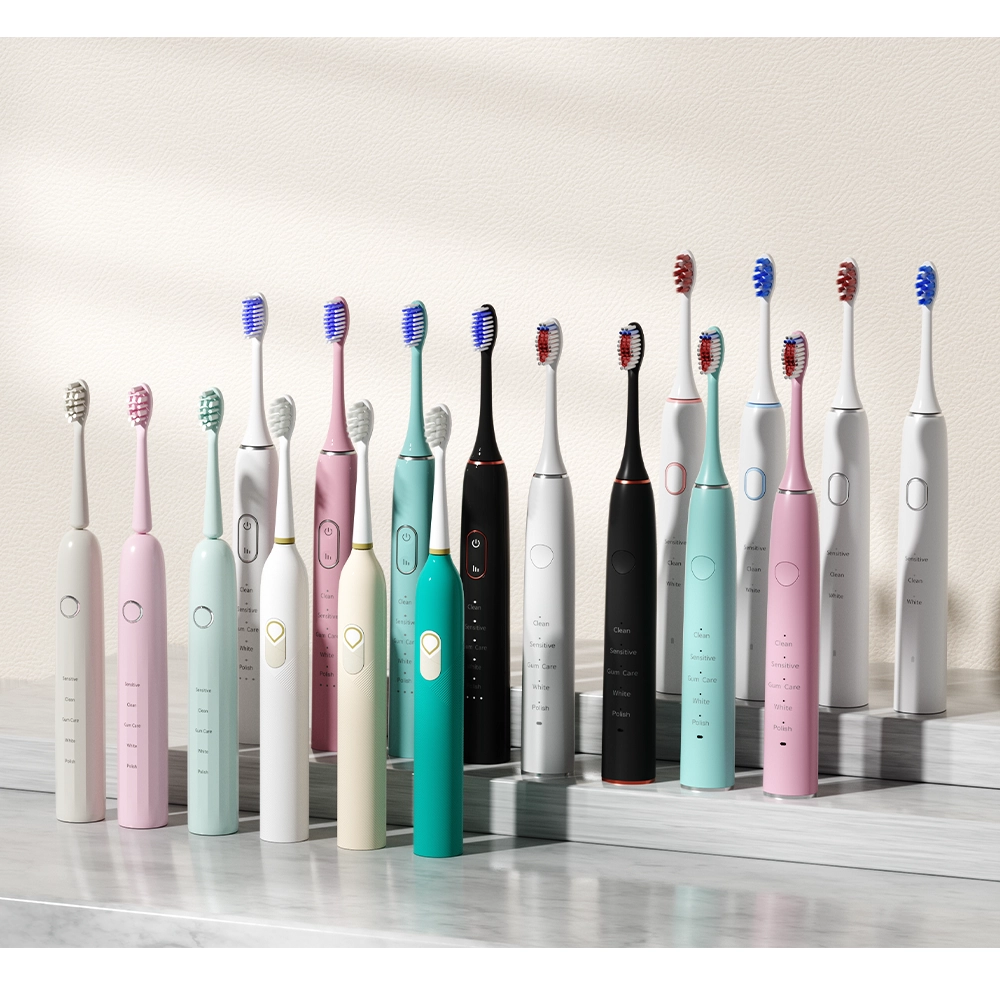
How a Gentle senior brush protects Sensitive elderly gums
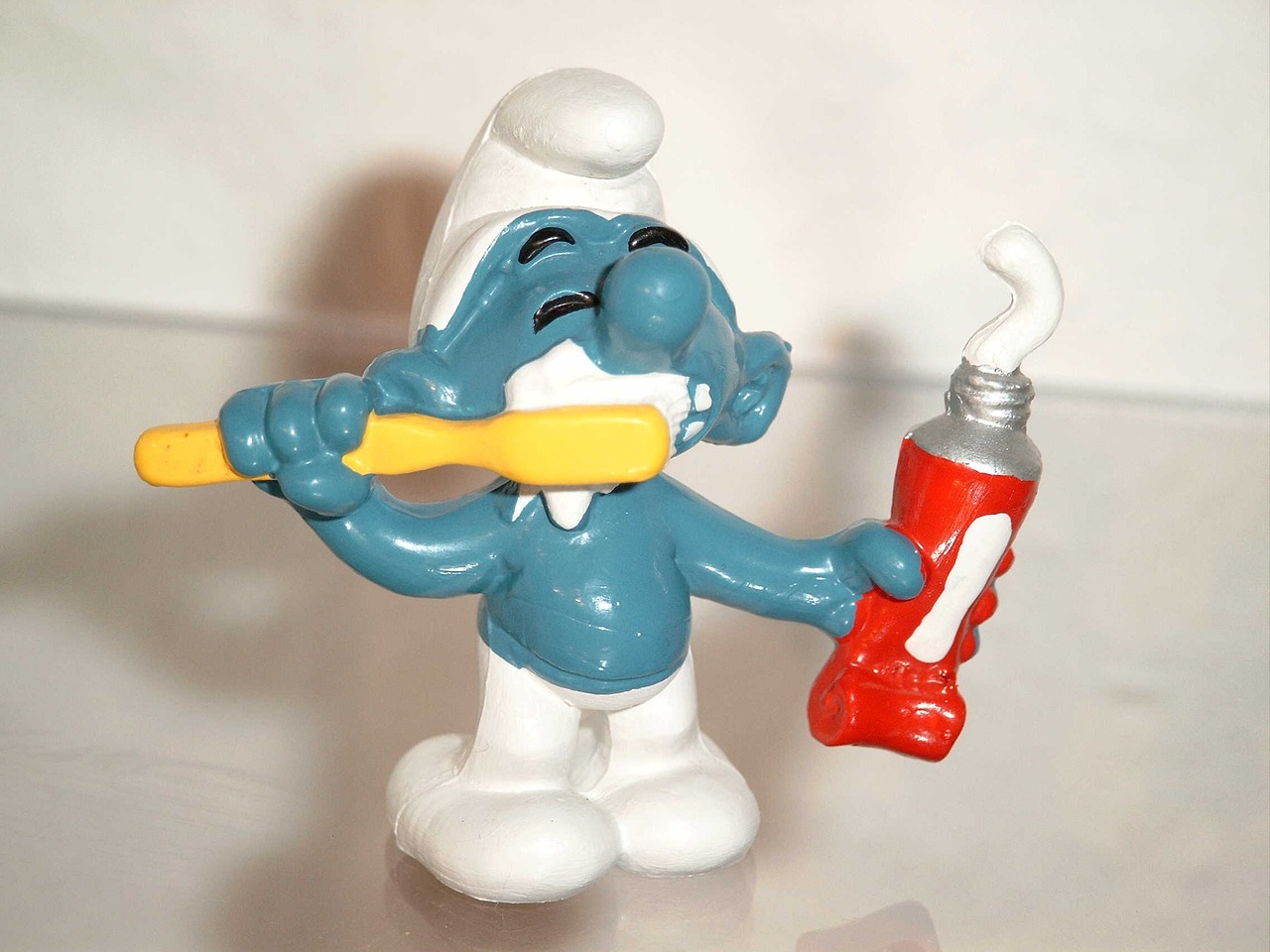
How Much Does It Cost to Manufacture a Toothbrush?
Does Toothbrush Battery Life Impact Gum Recession Risk?
.jpg)
A Complete Analysis of the Electric Toothbrush OEM Shell Process: ABS vs PP vs Bio-Based Materials, How to Choose?
Discover a Great Reason to Switch to an Electric Toothbrush

How to Increase Repurchase Rate Through the “Brush Head + Toothbrush Handle” Accessory Adaptation Structure?

Why a Hindi brushing guide is essential for your First-time user guide
.jpg)
Benefits of Travel-Friendly Water Flosser Design
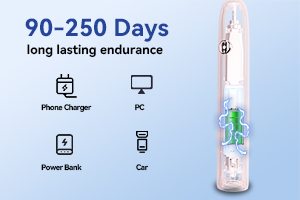
Wireless vs. Contact Charging: Which Is Better for Electric Toothbrushes?
Are Brush Head Compatibility Issues Hiding Liquid Residue Buildup?
Pregnancy Contraindications & Noise Level Concerns: Safe?
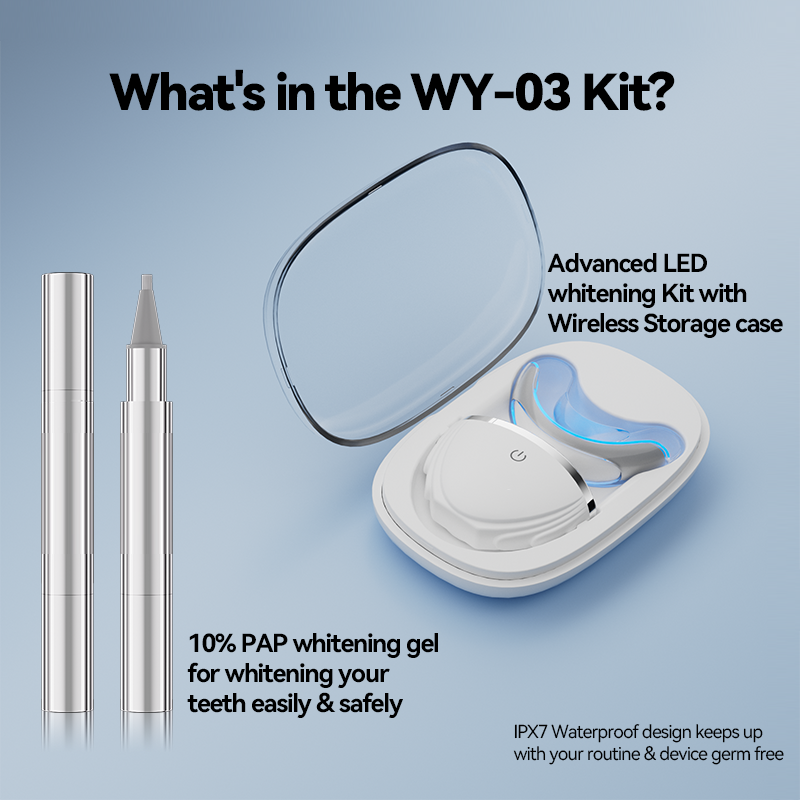
OEM of Teeth Whitening Device: A Complete Solution from LOGO Printing to Light Wave Mode Customization

Affordable Electric Toothbrush Recommendations for Students: A Guide for Oral Care Brands

Why Is a Long Endurance Electric Toothbrush a Selling Point?
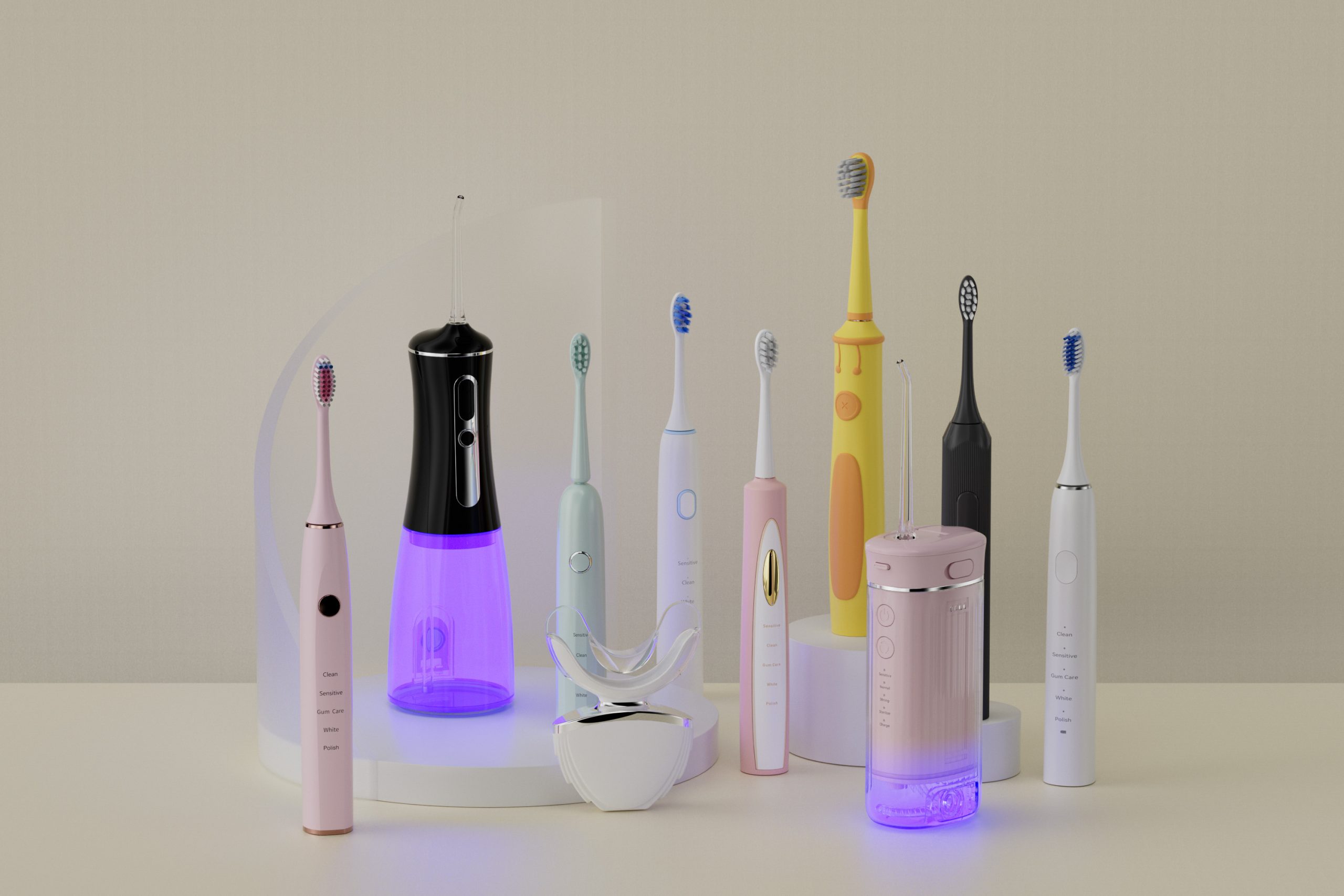
Oral Care Industry: How to Expand the Global Market?

Electric toothbrush heads Charcoal Infused-Diamond

electric toothbrush heads Charcoal Infuse-Round

electric toothbrush heads Deep Clean

electric toothbrush heads Ultra Soft
.jpg)
Florida Electric Toothbrush – Powsmart PTR-C8

electric toothbrush heads Regular Clean

Private Label Whitening Gel

Customization Teeth Whitening Gel
whstapp
whstapp
National Toll-Free Service Hotline
+86 755 86238638